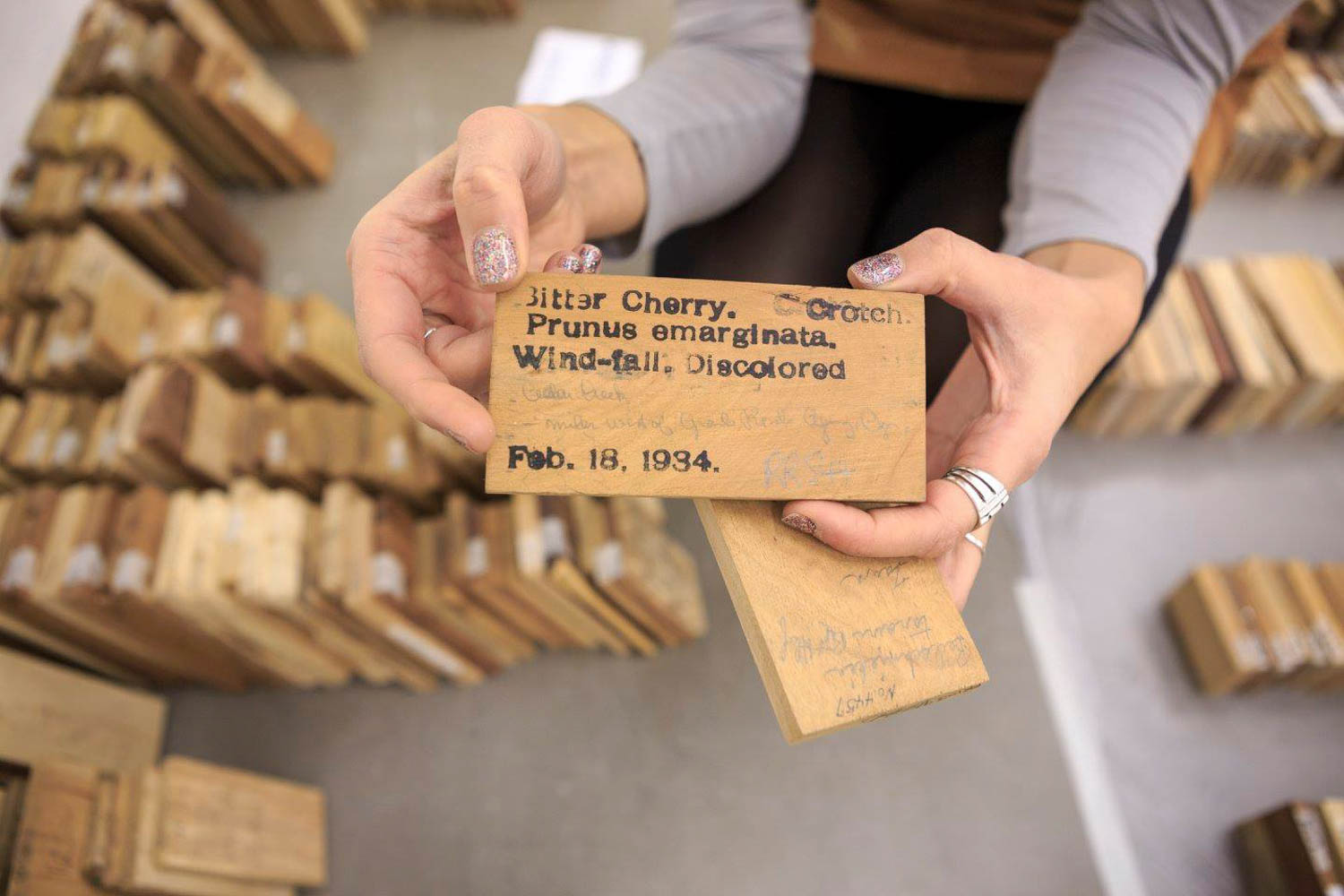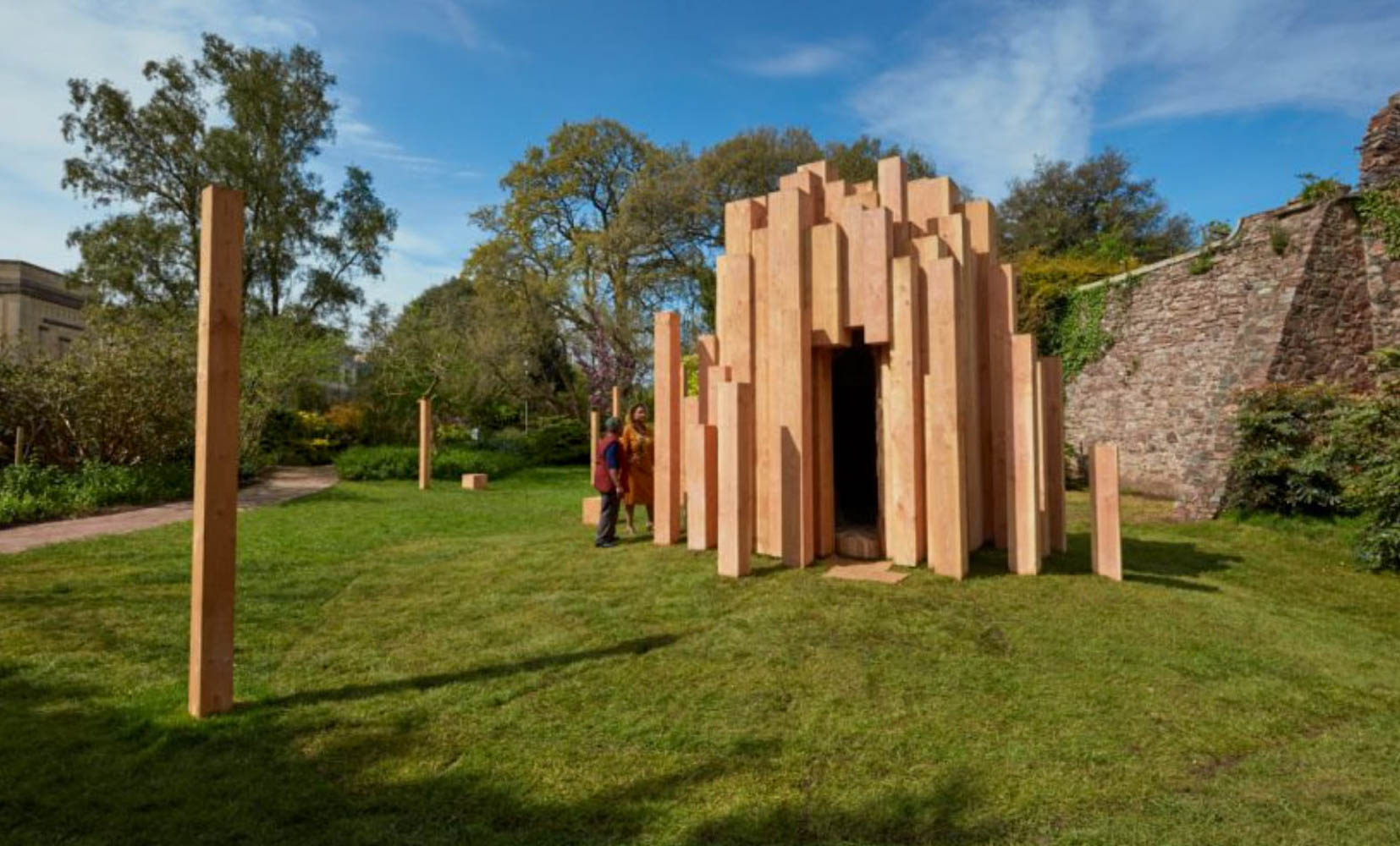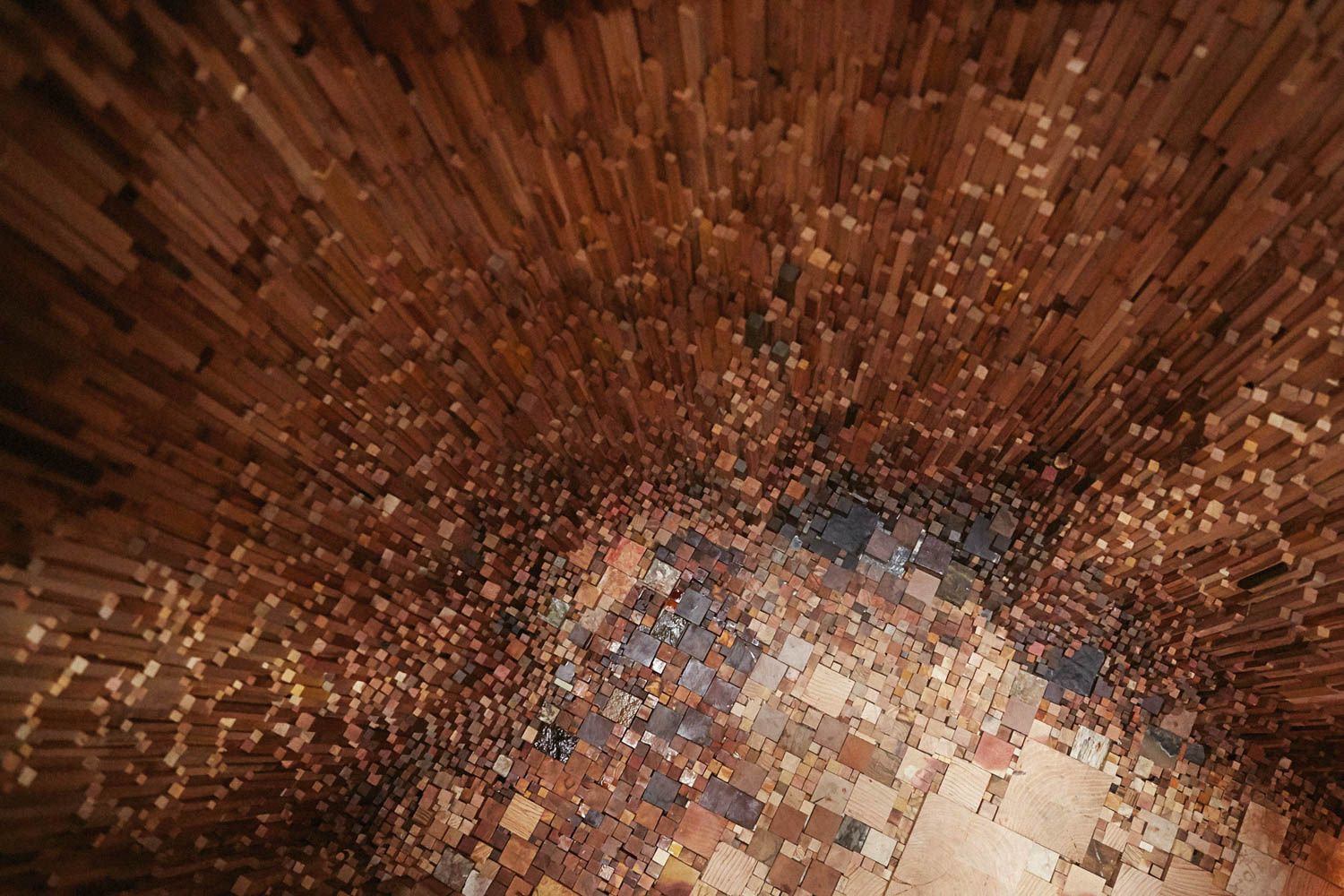Hollow
Royal Fort Gardens, Bristol
Artist Katie Paterson in collaboration with Zeller & Moye
Client University of Bristol, (commissioned with S106 Public Art Policy funding against the new Life Sciences building)
My Role Producer for Situations
Date June 2016, permanent
Delve Deeper Experience Hollow digitally through the Hollow website
Listen to Hollow in conversation
Download Printed guide
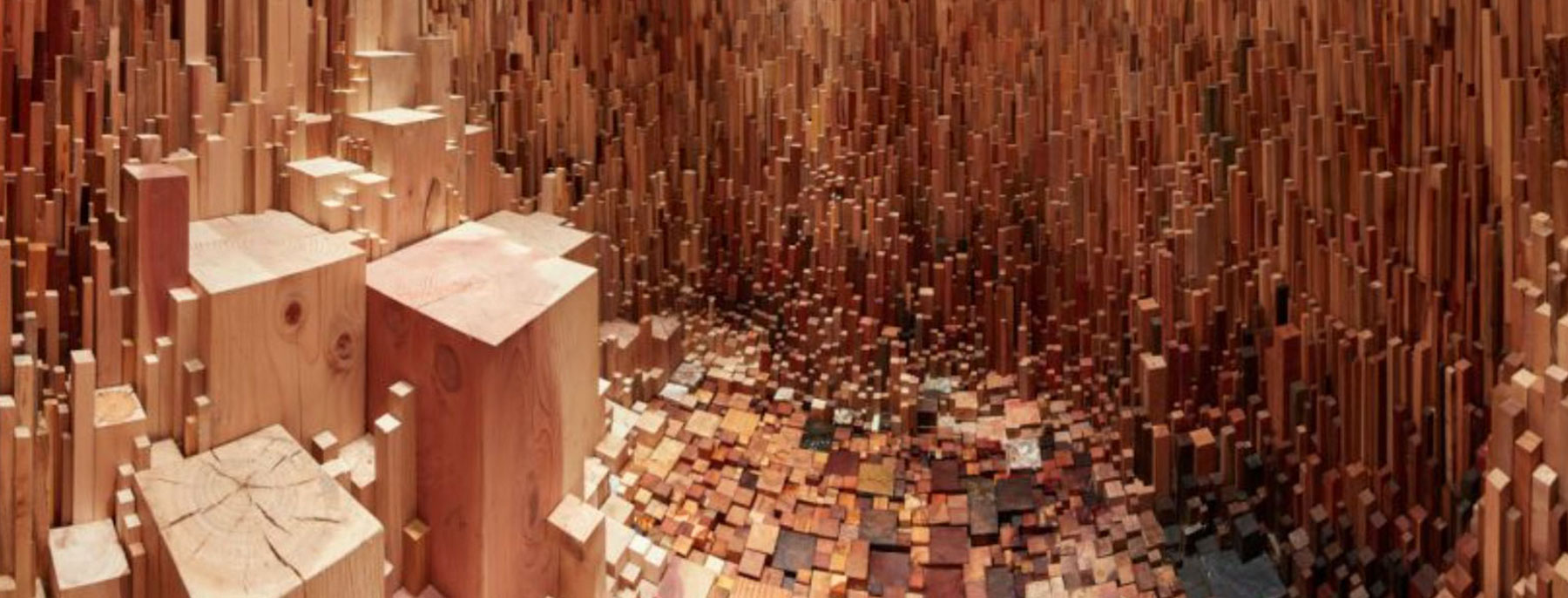
The project
Hollow in an invitation to audiences from artist Katie Paterson to explore the history of the planet through a forest of all the world’s trees. Paterson, in collaboration with architectural practice Zeller & Moye, gathered 10,000 tree species spanning time and space create this immersive public artwork, which was unveiled on 9 May 2016 at Royal Fort Gardens to mark the opening of the University of Bristol’s new Life Sciences building.
Unique samples of tree species were sourced from across the globe across a 3 year period, including petrified wood from the earliest forests that emerged over 390 million years ago to the most recent emergent species. Audiences are invited inside the architectural form to discover the unique world behind Hollow’s Douglas Fir façade – the tree samples within containing the stories of the planet’s history and evolution through time.
Photo: Max McClure Courtesy Situations.
The artist
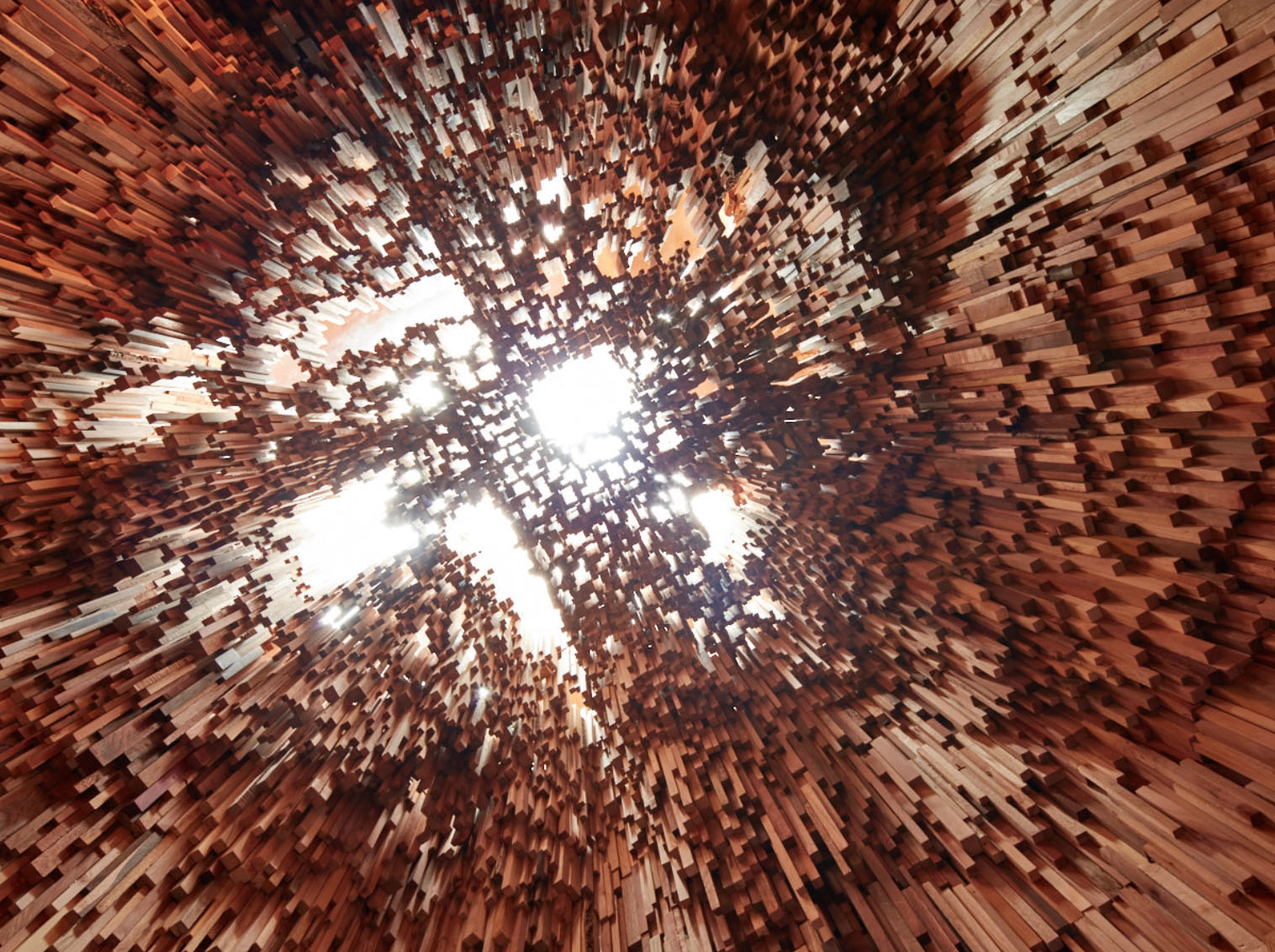
Photo: Max McClure Courtesy Situations.
Katie Paterson (born 1981, Scotland) is widely regarded as one of the leading artists of her generation. Collaborating with scientists and researchers across the world, Paterson’s projects consider our place on Earth in the context of geological time and change. Her artworks make use of sophisticated technologies and specialist expertise to stage intimate, poetic and philosophical engagements between people and their natural environment.
Zeller and Moye was founded by Christoph Zeller and Ingrid Moye as an architectural studio that operates with an interdisciplinary and global approach, with bases in Mexico City and Berlin.
The hollow interior is an introverted and meditative space where, whether sitting or standing, one finds oneself embraced by history,
Architects Christoph Zeller and Ingrid Moye,
Arch Daily, 2016.
My Role
Georgina worked alongside the talented creative team at Situations in a Producing role on this project. This highly collaborative public realm work demanded regular liaison with a variety of partners to bring it to life, including lead artist, architects, galleries, fabricators, scientists, archivists, arboretums, xylaria, wood collectors, local authority representatives, ecologists, landscape architects, educators, technologists and PR teams amongst others. Georgina also worked with Situations’ communications team to create a companion website and public participation project, Treebank in association with BBC Four.
With Thanks
Commissioned by the University of Bristol and produced by Situations. Funded by University of Bristol and Arts Council England. Full credits on the Hollow website. Hollow was fabricated by world renowned designers and makers Millimetre.
Visiting and Access
Royal Fort Gardens (Tyndall Avenue, BS8 1TH) are open every day of the year and the interior of Hollow is open during daylight hours. Opening hours may vary during the summer months and holidays and are at the discretion of the University of Bristol. There is level access into Royal Fort Gardens and the area around Hollow. The entrance to the artwork is narrow with a low step inside. It is advised that only one or two people enter at one time.
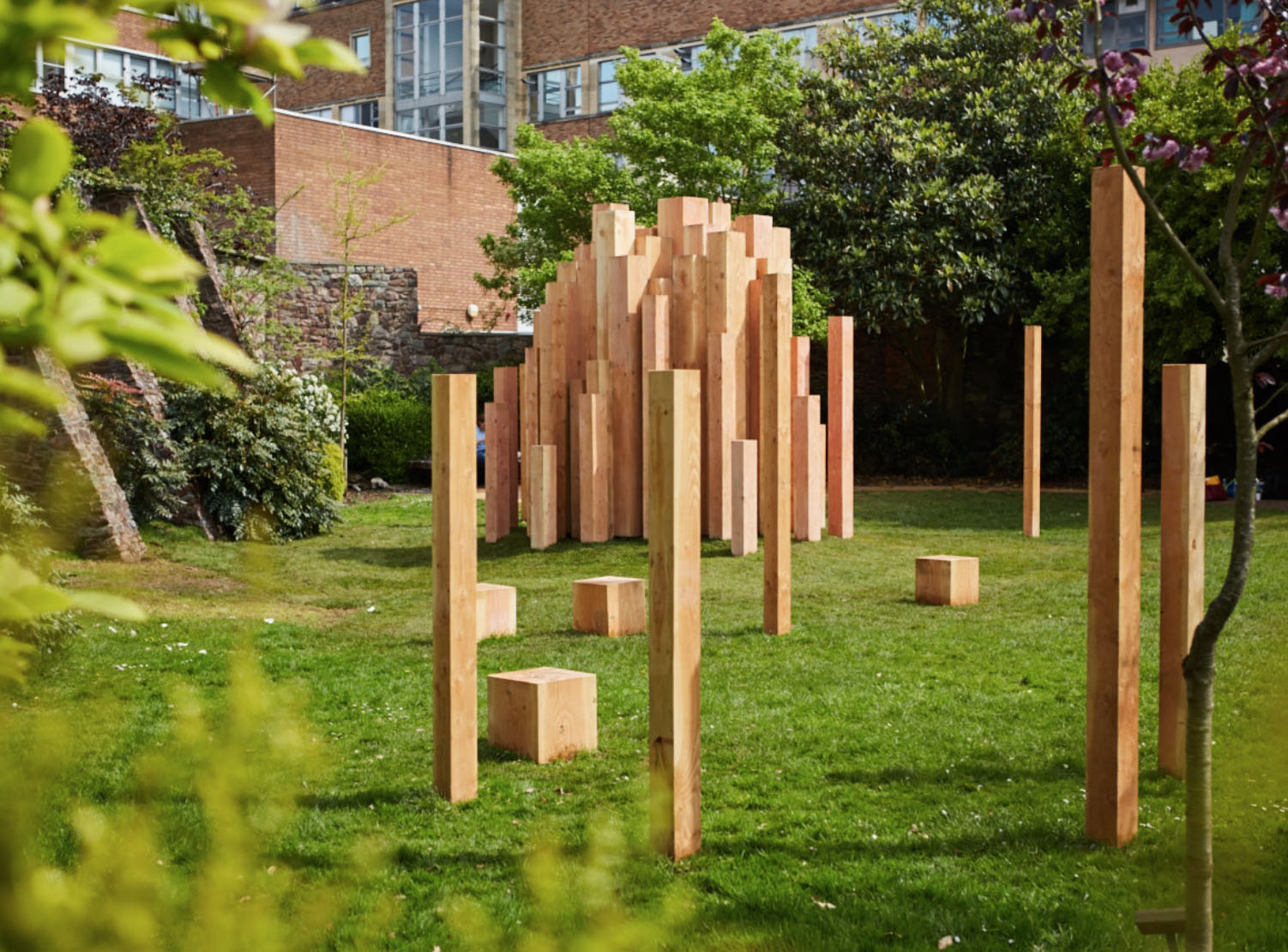
The Douglas Fir facade of Hollow encourages visitors to explore what lies within, set in the Humphrey Repton designed Royal Fort Gardens, Bristol. Photo: Max McClure Courtesy Situations.


